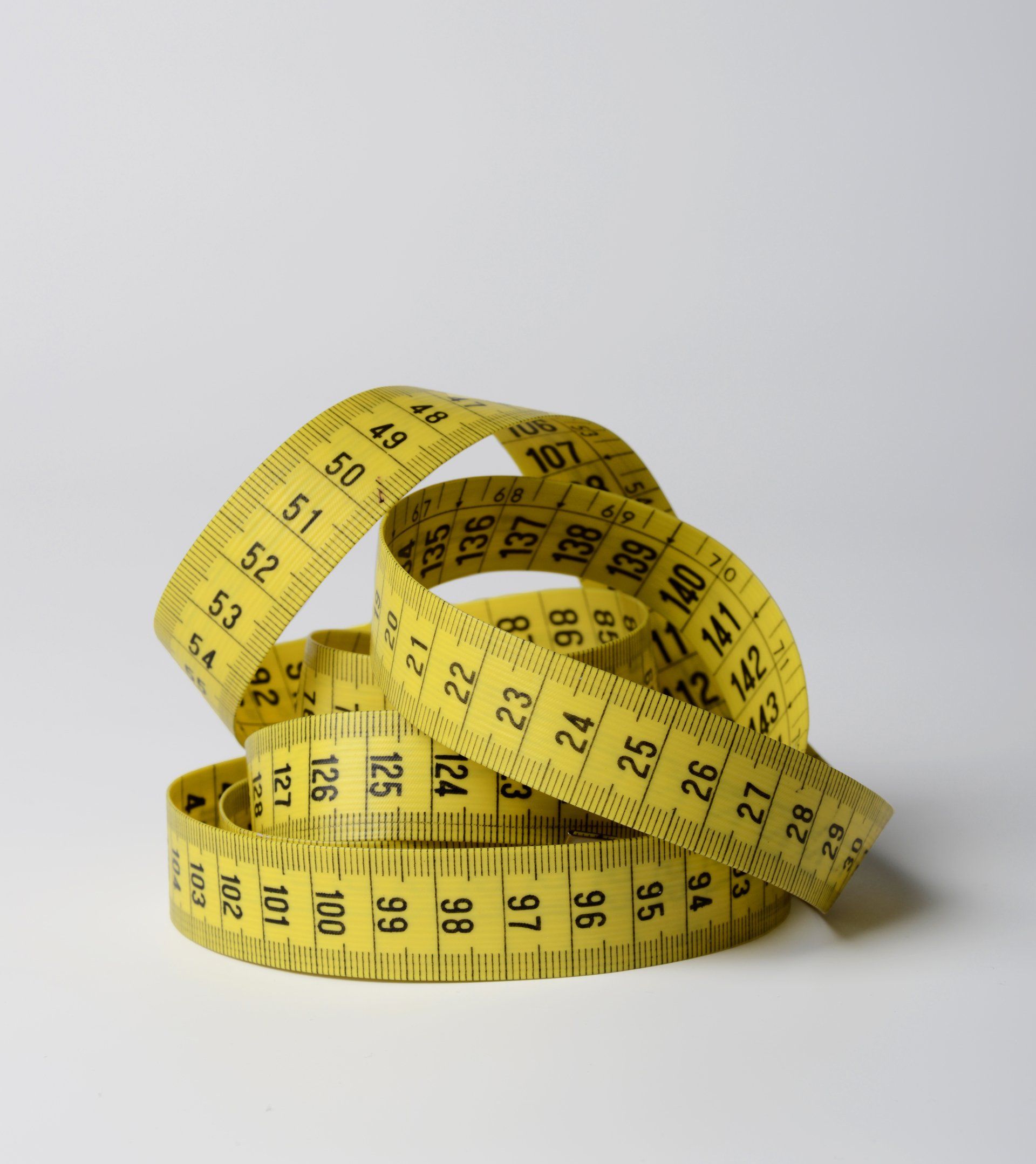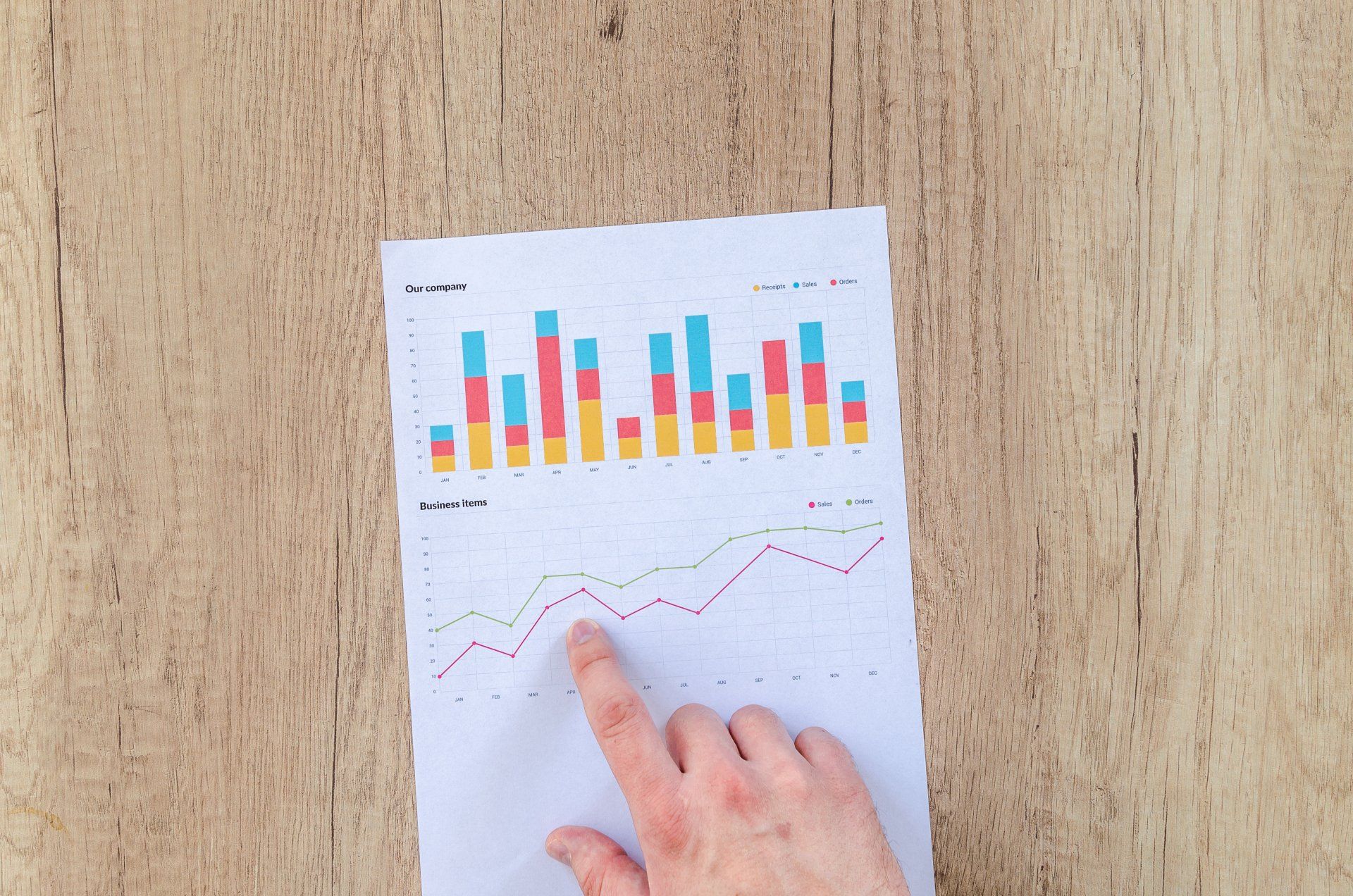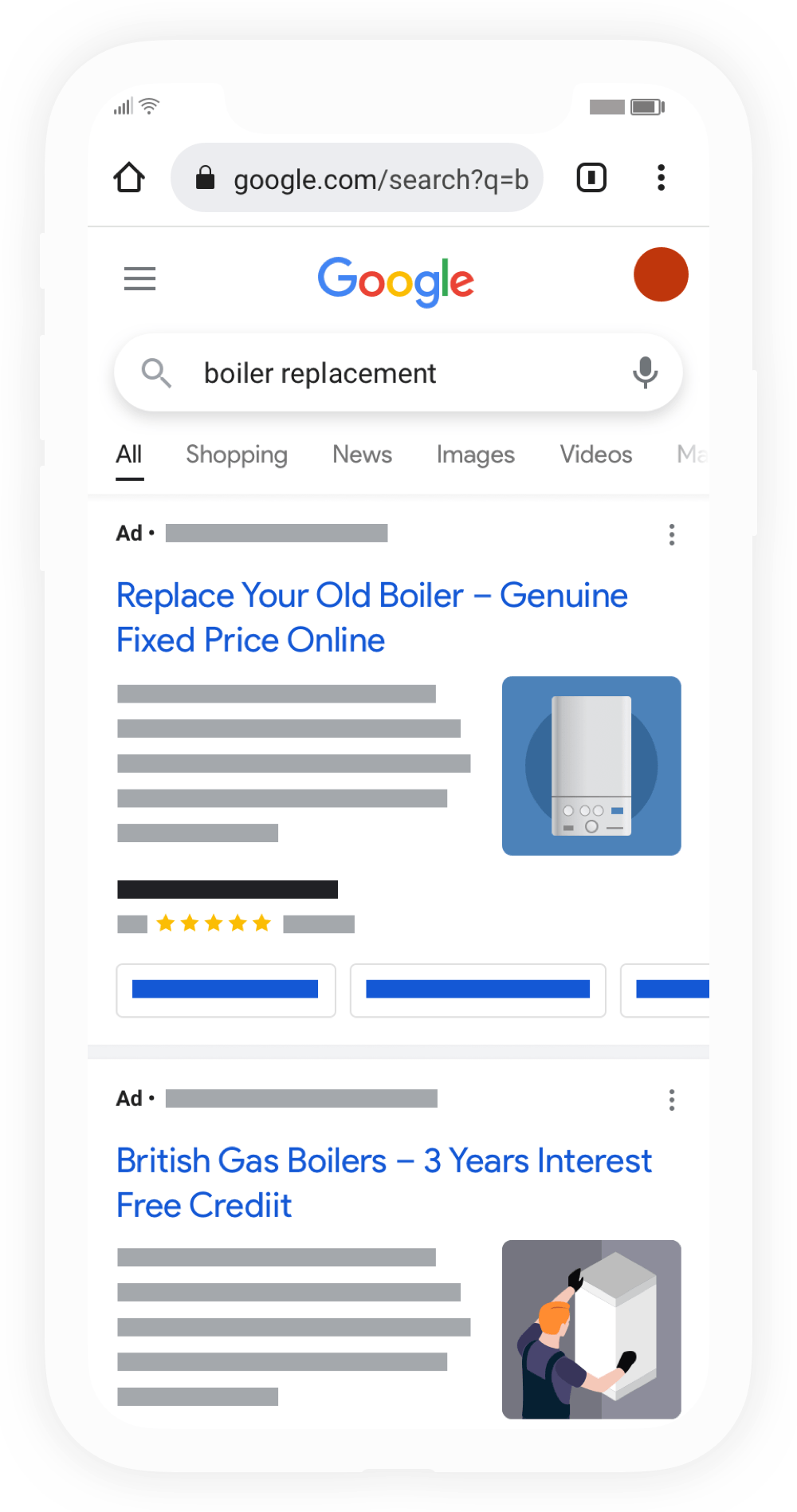Google Ads: Measure your conversions!
Heading 1
You can invest as much time and money as you like into Google Ads. But if you don’t measure conversions, you will have no idea how effective they are for your business and how good your return on investment (ROI) is.
A conversion happens every time your ad achieves its purpose. This isn’t just a sale. In fact, for many business to business (B2B) companies, booking a call or a prospective customer filling in an enquiry form is an important conversion.
As a business, you decide on what counts as a conversion depending on your own business goals. Each business will have its own higher value conversions, which won’t be the same as those of other businesses.
It is essential to always measure these conversions. It is the one definitive way of checking whether your ads are leading to those meaningful actions you want potential customers to take.
Tracking your conversions
Google Ads work just as well for start-ups and SMEs as they do for big businesses
Can Google Ads work for small businesses? (cotswoldweb.co.uk) When you set up your Google Ads (which used to be known as Google AdWords), you need to set up conversion tracking to see how effectively ad clicks lead to a particular action – including phone calls, downloads, sales and newsletter sign-ups.
You can also set a conversion value when you set up your ads. This should be a specific customer action that is valuable to your business. Conversion values can either be the same value for each conversion (static values) or different values for each specific transaction (dynamic values).
The process of setting up Google Ads is different depending on what sort of conversion you want to track. You can also set up a different conversion action for each sort of conversion you want to monitor, so one conversion action could track phone calls to your business and another could track sales. If you’re not sure how to do it, Google Ads will take you through the process of setting up your conversion measurements when you set up your ads.
The conversion data will show you how often the ads lead to people performing the action you want them to perform.
All Google Ads users can and should monitor their ROI ie how much they have to spend to get a prospective customer to perform the action they want them to perform.
With sales, it’s pretty straightforward to measure. If you spend £10 on clicks to get a sale of £100, you’ve made a £90 profit from your ads – a good ROI.
With other forms of conversion, it is slightly harder to track. But if you spend £10 to get one phone call and it takes 10 phone calls to make a £2,000 sale, that’s £1,900 ROI.
And those other phone calls might come back to your business in a month, two months or a year, after they have spent time talking to other businesses and weighing up their options.
Conversion values
A conversion value is a monetary numerical value attached to a specific conversion, based on its value to your own individual business. Assigning conversion values will help you track your return on investment of a particular ad campaign, which will also help with decision making for the future – helping you to optimise your ads to achieve the highest value conversion for your business.
Dynamic conversion values can help to identify the true value of a keyword.
If keyword 1 has driven 100 conversions and keyword 2 has driven only 20, it might appear that keyword 1 is the most valuable.
But if keyword 1 has driven conversions valued at £10 each and keyword 2 has driven conversions valued at £100 each, keyword 2 has earned the business £2,000, while keyword 1 has only earned £1,000.
Tracking conversions in this way will help a business to allocate ad spend in the best way to generate the highest ROI.
Conversion values in Google Ads are mainly used for leads which directly drive sales, where it easier to measure a monetary value to the conversion. For a phone call or lead generation form, which many B2B businesses are aiming for, it won’t always be easy to attribute a monetary value to these conversions. Instead, these conversions can be referred to as key performance indicators or KPIs.
What is a ‘good’ conversion rate?
The conversion rate is the percentage of website visitors that perform your desired goal for each ad interaction.
The average conversion rate for Google Ads is 3.75%, but this masks big differences between industries. Data from 2022 shows a conversion rate of over 15% for animals and pets, compared to just over 2% for fashion and jewellery.
So a ‘good’ conversion rate is very specific to a particular industry.
You can track your conversion rate by dividing the number of conversions by the total number of interactions with your ad.
So if 40 visitors converted out of 2,000 who interacted with the ad, you would divide 40 by 2,000, giving you 0.02 – or 2%. For a low-cost consumer product, that rate would almost certainly be too low. But for a big ticket B2B service, that could be a very acceptable conversion rate.
You can read more about making your Google Ads campaigns more profitable here Google Ads tips to make your campaigns more profitable (cotswoldweb.co.uk)
If you are running Google Ads which don’t convert, you are wasting your money and time. If you don’t know how well they are converting, you need to start tracking your conversions straightaway.
Once you are tracking your conversions, you can adjust your spending and the way you optimise your ads to achieve a better ROI for your business.
More Posts.








